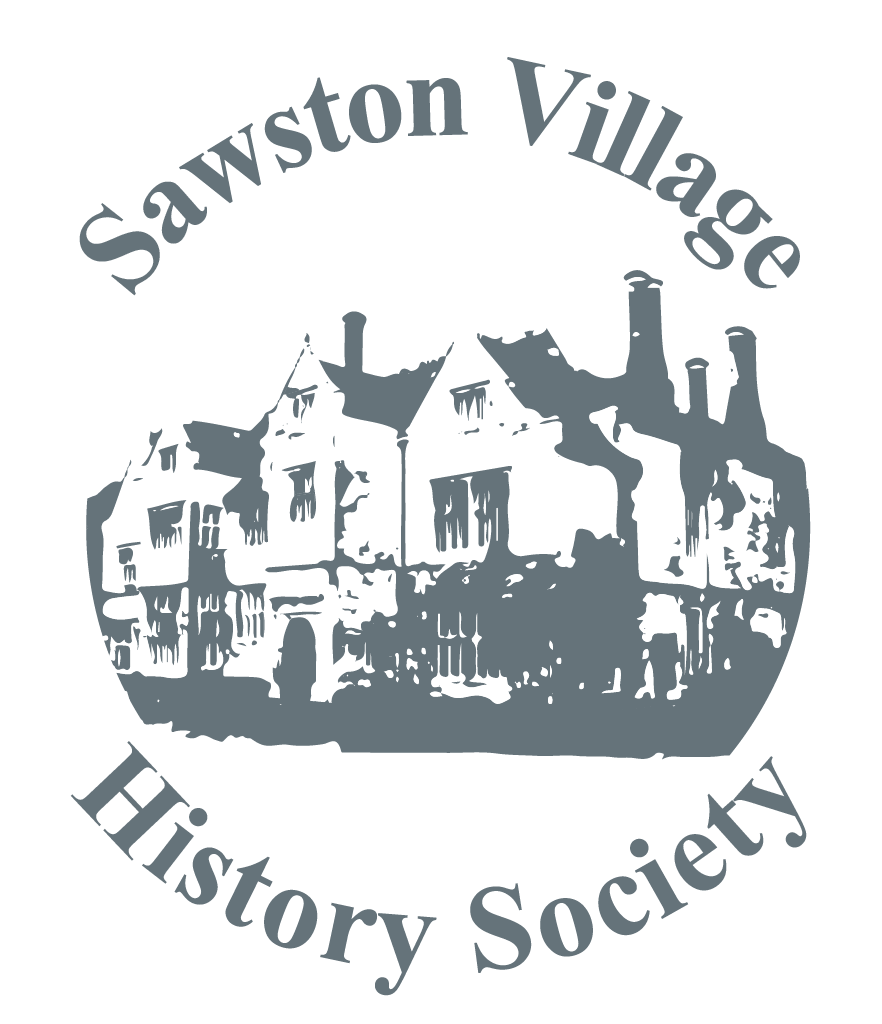
Bill explained that pargetting was really an ornate form of plastering where decorative designs are formed onto a plaster base using a variety of tools. The most common design is a comb which is run along the freshly applied plaster to make a series of wavy lines, which give a very pleasing effect. He uses clay plasters, chalk lime and sand lime putty plasters to produce a traditional finish, which also helps preserve the property.
Bill is a third generation pargeter, learning his craft from his father in the mid sixties. Since 1971 he has been based in Suffolk where many examples of his work can be seen, including the The Ancient House; Woolsey House and St Peters in Ipswich; Barret House and the Cathedral in Bury St Edmunds.
The modern pargeter’s work is mainly decorative and conservational plastering and pargetting for listed buildings. This includes lime washing, and lime plastering for mouldings, arches, brickstone and limefloors.
Bill showed numerous slides of his work, many of which featured creatures such as dragons, griffins, dogs, exotic birds and mice. He was usually given a free hand in his designs, except when taking on work for the National Trust and English Heritage, who were invariably rather fussy. From being in the doldrums some decades ago, pargetted features on both modern and older houses is becoming more popular, so Bill has a full order book. He also has an apprentice and has taken on two young men on a 3 month government training scheme. It was not made clear (nor did anybody think to ask) what happened to these chaps after the end of the three months.
There were some small scale examples of pargetting work, one of which was a superb copy of a Babylonian lion from the British Museum and also some Byzantine figures.
After the end of this fascinating meeting, members were invited to air their views on the article in the June / July Sawston Scene, “Update on the Mary Challis House“ by the chairman of the AM Challis Trust Ltd, as it is now called. In this article he said that the only solution to the “major problem” of the house was to accept an offer by a Cambridge developer for the first and second floors, to be converted into flats for which he would be granted a “long term lease“, apparently 99 years. He would also restore the ground floor which could then be used as a museum. When the lease expires the entire house will then revert back to the Trust, in about 2110. That’s the theory, anyway!
This “solution”, entailing the loss of 2/3 of the house to the community for 100 years, was received with a distinct lack of enthusiasm and generated much heated discussion, none of which was supportive of the leasing idea. There was also strong disagreement that leasing was the only solution.
A petition was signed by most of the members present. This stated that Mary Challis was an active member of the Society and would have wished that her whole house be made available to the Sawston community. It also requested a meeting with the Trustees to discuss the proposals before a final decision is made.
For sure Mary Challis would not have wished that a non Sawstonian property developer make such a large profit from the lease of much of her house, at the expense of the Sawston Community. Readers are invited to reach their own conclusions about those who regard the House as a “major problem” rather than a major local asset.
Bruce Milner